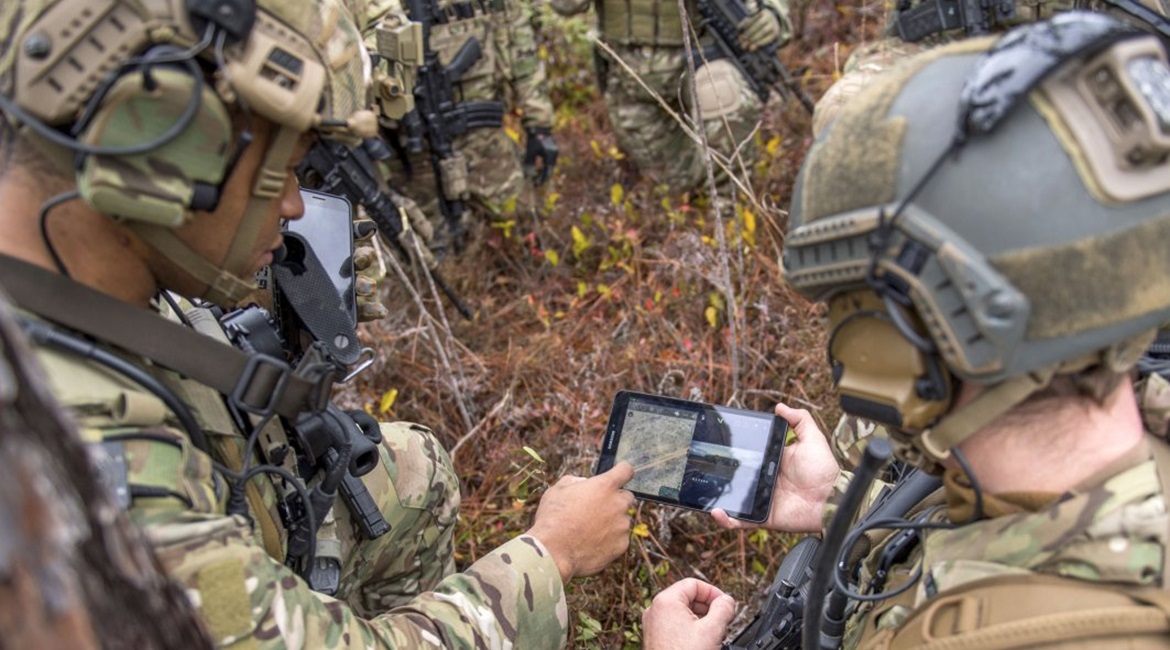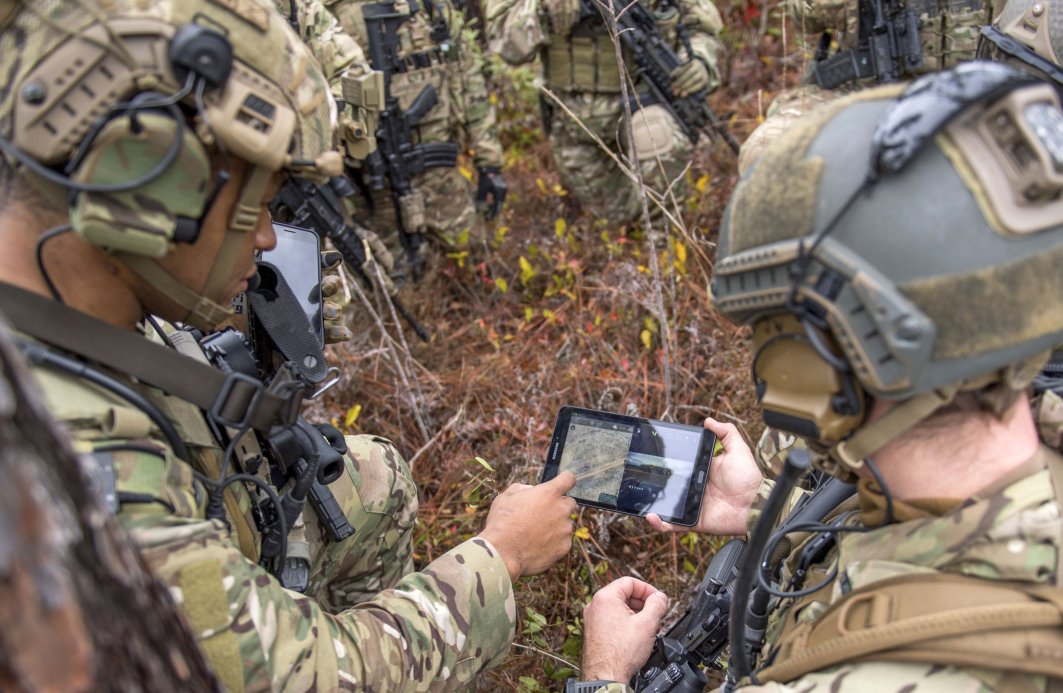
The US Defense Advanced Research Projects Agency (DARPA), for the first time, successfully demonstrated an advanced counter-electronic warfare programme that enables disparate, incompatible tactical datalinks to receive and transmit data while in the midst of an electronic attack.
DARPA programme engineers developing the Dynamic Network Adaptation for Mission Optimization (DyNAMO) initiative were able to bridge multiple radio networks, transmitting across multiple domains, through several previously discordant datalink types to provide “uninterrupted network connectivity between all the datalinks under varying conditions in a simulated contested environment,” a 16 December agency statement said.
The radio-frequency (RF) technologies embedded into the DyNAMO system enable “automated, real-time dynamic configuration of tactical networks to ensure that heterogeneous radio nodes – whether on ground, air, or sea – can interoperate in a contested battlespace,” the statement added.

Members of the US Air Force 6th Special Operations Squadron operate an Android-like end user device during training exercises. (Credit: US Air Force)
The idea behind the programme is to be able to have unbroken RF communications regardless of which specific datalink is being employed. If RF signals being transmitted from a node employing a certain type of datalink encounter interference or blockage along the spectrum, that signal can simply hop onto another datalinked node, in the same way a cell phone signal can ping from one transmission tower to another and not break communication.
Looking to read the full article?
Gain unlimited access to Janes news and more...




